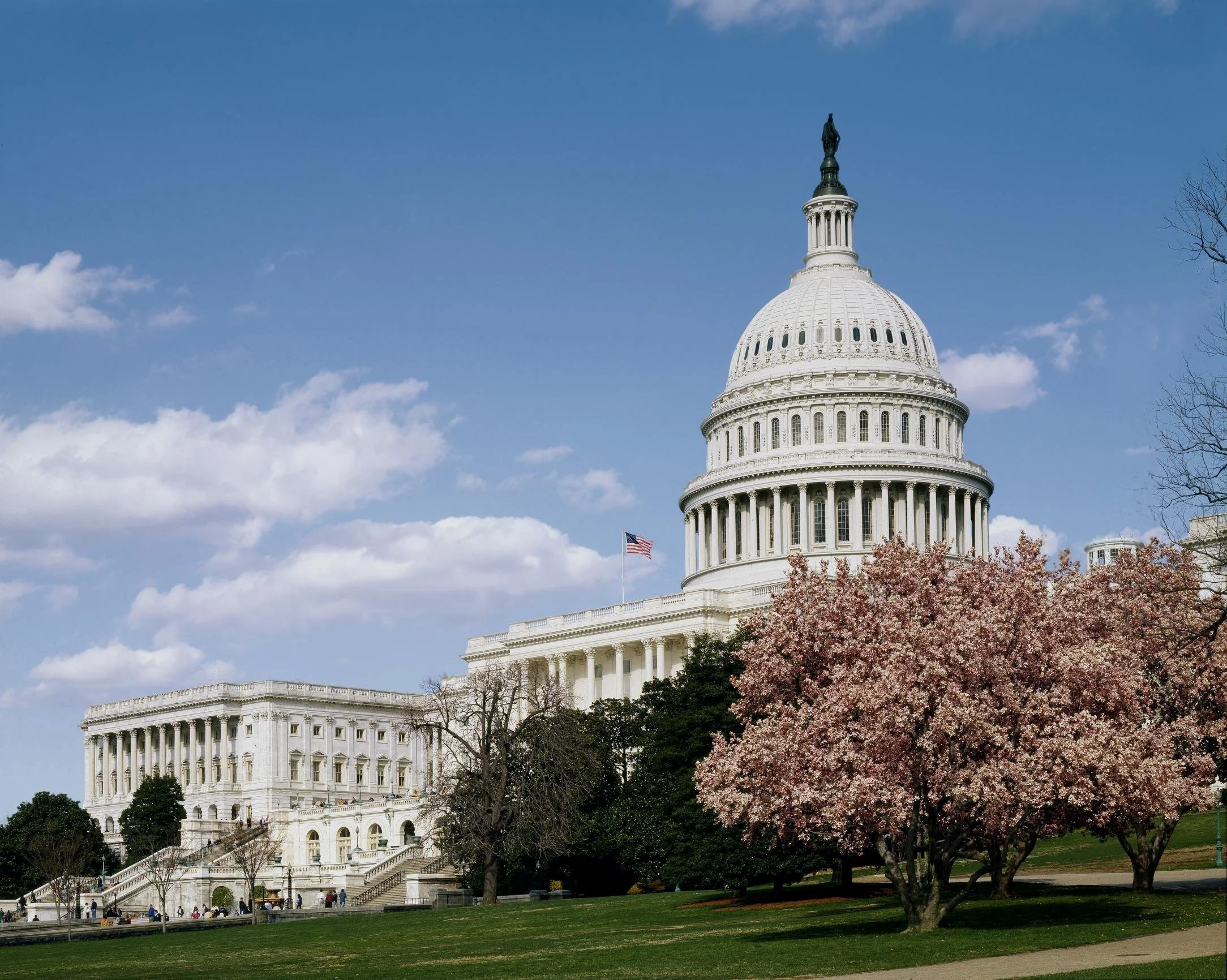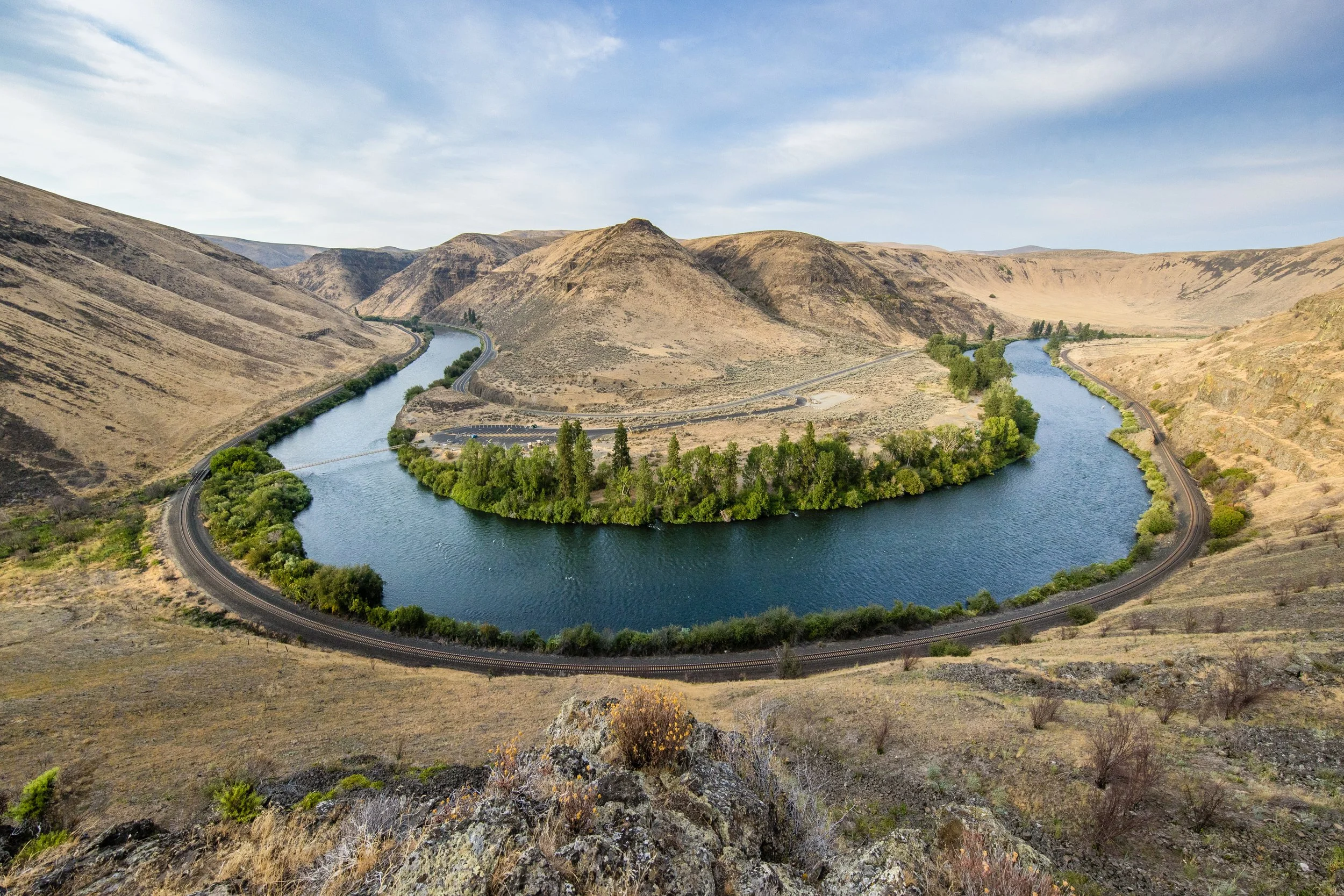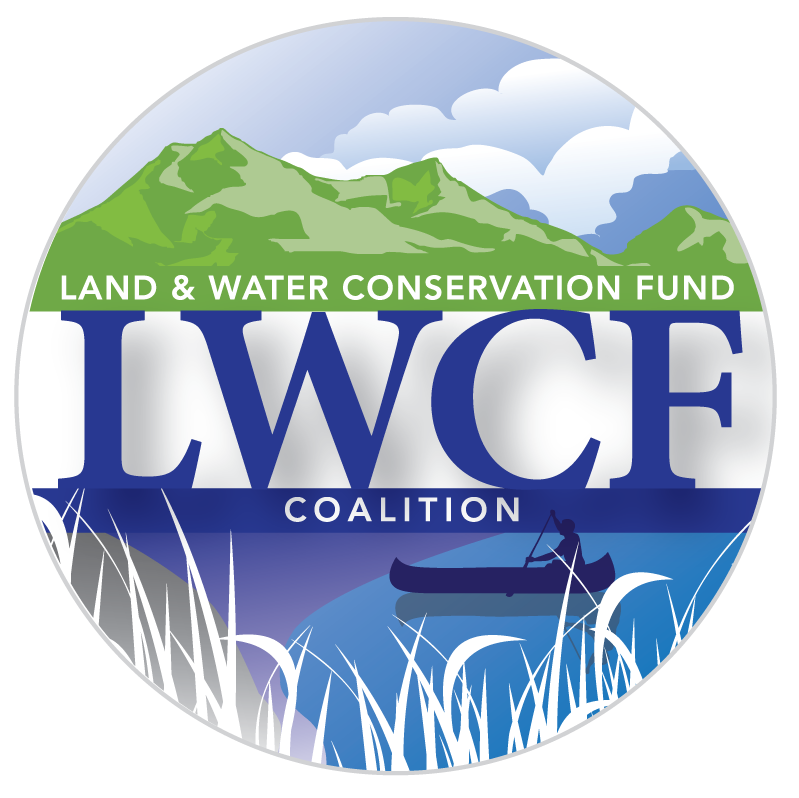
BLOG

Protecting California's Deserts with LWCF
All too often overlooked for their ecological value, the California’s Mojave and Colorado deserts feature stunning biodiversity, surpassing even many forest ecosystems. More than 2,400 native plant species, 72 occurring nowhere else on earth, reside in the windswept dunes, craggy mountains, life-giving waters, and other habitats that encompass the region. This landscape makes up 27% of the state’s land mass, sequesters 10% of its carbon, and is the nation’s largest relatively intact ecosystem outside of Alaska. This, however, belies the fragility of California’s deserts, which face unprecedented pressures from climate change and development.

Congress Must Reject Proposed $100 Million Rescission of LWCF
After almost 60 years of fighting against diversion of Land and Water Conservation Fund (LWCF) dollars, in 2020, the LWCF Coalition celebrated passage of the Great American Outdoors Act (GAOA). This legislation secured permanent funding for LWCF at $900 million dollars annually, creating a consistent funding stream for conservation and outdoor recreation projects. By protecting our natural and cultural treasures, working forests and wildlife habitat, permanent LWCF funding ensures outdoor access for all Americans no matter where they live, clean safe drinking water, natural climate mitigation, and jobs in our communities. Yet, despite all these benefits and the overwhelming bipartisan will of Congress, LWCF is still under threat.

Prized Ranch on the Yakima River to be Conserved and Opened to Public Thanks to LWCF
The Yakima River is one of the West’s premier desert trout streams and a lifeline for fish and wildlife of southcentral Washington. It flows 214 miles from Keechelus Lake in the Cascade Mountains to the Columbia River, with a glorious 27-mile stretch through the Yakima River Canyon. In the upper reaches of the canyon, Western Rivers Conservancy is using recreational access funding from the Land and Water Conservation Fund to place cherished river access points into public hands forever.

LWCF in the Delaware River Watershed
As the longest undammed main stem river east of the Mississippi, the Delaware River Watershed (DRW) provides drinking water to over 13.3 million people in the region, including two out of the five largest metropolitan centers in the country: New York City and Philadelphia, along with the cities of Camden, Trenton, and Wilmington.

The Maine Woods
The effects of climate change are all around us: extreme heat and cold weather; forest fires raging in the west; floods devastating crops and land in the Midwest; rising sea levels and storm surges taking lives in the south; shorter, more erratic winters here in the northeast. We must act.
Conservation is one of the many tools that can help alleviate the effects of a changing climate. Protected lands provide ecosystem services and natural resiliency, which is why nations around the world, including the U.S., are committed to the goal of conserving 30% of the planet’s land and waters by the year 2030.
Lying at the heart of the Northern Appalachian-Acadian Forest, the most intact, unfragmented ecoregion east of the Mississippi, Maine’s forest houses more than half of the largest globally important bird area in the United States. The cold waters of the area support the last stronghold of native wild Eastern Brook Trout in the U.S. The Western Maine Mountains are home to more than 139 rare plants and animals, including 21 globally rare species, and provide core habitat for marten, lynx, loon, and moose. Maine’s vast North Woods have a significant role to play in mitigating and adapting to a changing climate. Our 17.5 million acres of forest absorbs 60% of the state’s greenhouse gas emissions annually, while harboring a wide range of wildlife. Unfragmented forests offer microclimates and habitat connectivity, and shelter cold waters, all of which add up to tremendous resilience in the face of change.

Breaking Down the Agency Priority Lists in the President’s Budget
With enactment of the Great American Outdoors Act (GAOA) ensuring at least $900 million each year for the Land and Water Conservation Fund (LWCF), hundreds of conservation and recreation projects can be completed. These projects range from local parks in cities and small towns, to federal land acquisitions that fill gaps inside our National Parks, and to easements that protect sustainable working forests. These different types of projects are carried out under LWCF’s ten sub-programs, which have specific and differing internal processes and timelines for funding and project completion. In this blog post we will dive into five of the sub-programs, explaining the LWCF project lists that appear in the President’s budget proposal for fee and easement acquisitions within the National Park Service (NPS), Bureau of Land Management (BLM), US Fish and Wildlife Service (FWS), US Forest Service (USFS) and the Forest Legacy Program (FLP).

Coastal Access Created by LWCF
America’s coastlines are prime real estate: they are beautiful and fun places to live, and therefore a great deal of beachfront property is privately owned. In addition to private ownership, barriers to entry for low income residents of an area, including policies requiring high fees for beach access/parking, have prevented many from experiencing the joy of going to the beach. Access to coasts to recreate and enjoy nature is not just for those who can afford it, it is for all. Thanks to 56 years of LWCF projects along our fresh and saltwater coasts, the public can access America’s lakefront and oceanfront beaches and enjoy time outdoors with their families. Below is a small sample of where LWCF investments have increased public access to our coasts. For even more examples, check out the LWCF project map.

LWCF Policy Update: Implementation of the Great American Outdoors Act
This summer, the Land and Water Conservation Fund (LWCF) Coalition celebrated our biggest success to date with passage of the Great American Outdoors Act (GAOA). After over a decade fighting for full, permanent funding and overcoming 55 years of diversion of LWCF dollars, we were thrilled to finally secure the dedicated funding LWCF needs to protect our lands and waters.

Saving the Everglades Headwaters National Wildlife Refuge
From Orlando south to Lake Okeechobee lies the Everglades Headwaters National Wildlife Refuge, a region that plays an essential role in protecting and restoring water resources and contains more endemic species (found nowhere else) and some of the highest biodiversity in the nation. This area supplies the water needed for Everglades restoration and drinking water for one-third of all Floridians, and supports iconic species such as the Florida panther, the round-tailed muskrat, Everglade Snail Kite, Crested Caracara, wading birds galore, and many others that make Florida one of the most vibrant wildlife areas in the country.

Protect Outdoor Access for Healthy Living
That feel-good sensation when you get outside in the sunshine does more than just improve your mood. Numerous studies have shown that getting outdoors has a direct, positive impact on your physical health. These benefits include lower blood pressure, decreased diabetes, reduced obesity, and better sleep. The outdoors is also a major contributor in reducing anxiety and stress, which bring their own suite of health complications if they are not proactively managed. Investing in quality neighborhood parks and increasing access to outdoor places is essential for the wellbeing of all Americans.
